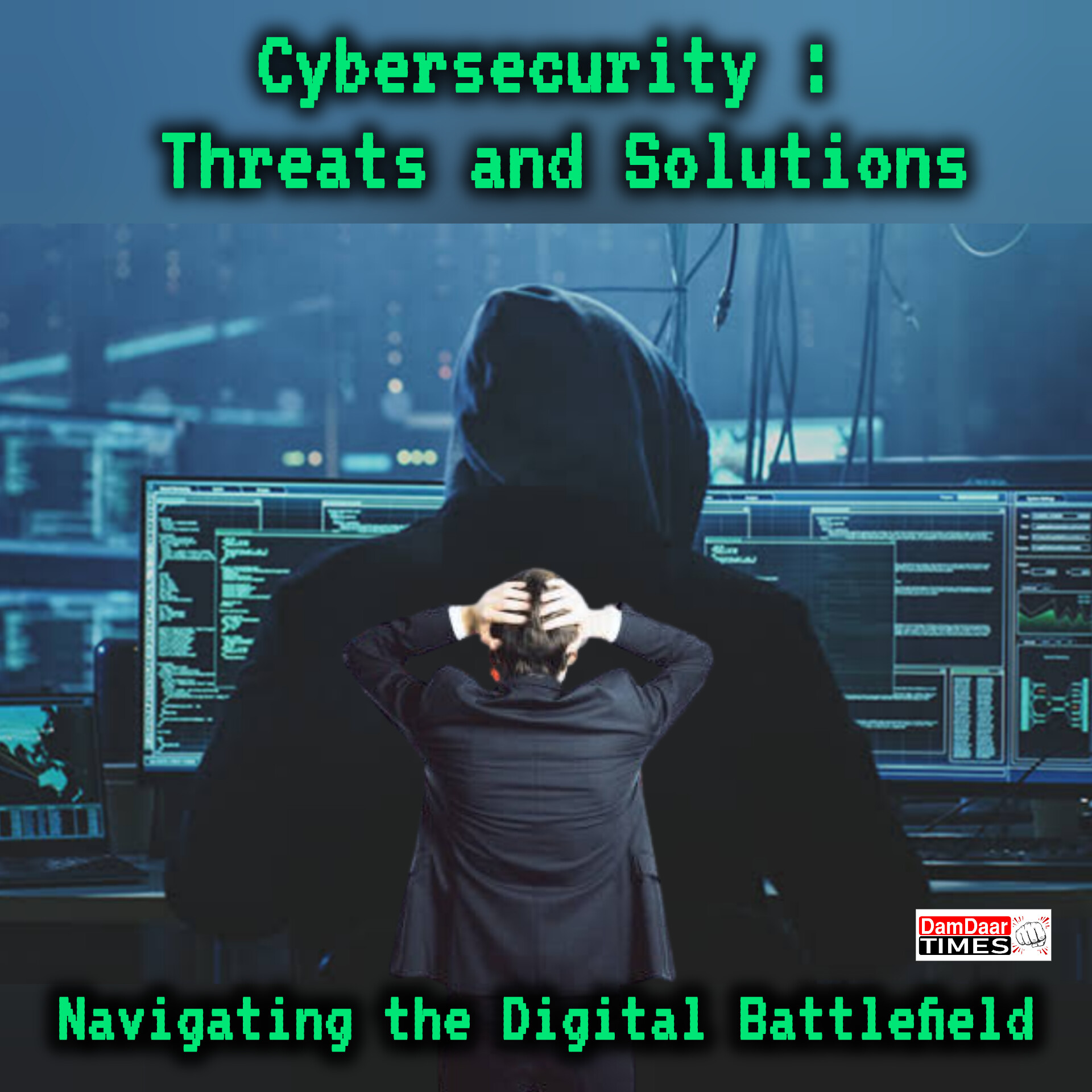
In the ever-expanding digital landscape, the rapid advancements in technology have brought unprecedented opportunities and convenience. However, along with these benefits comes the looming shadow of cybersecurity threats. As we immerse ourselves deeper into the digital realm, understanding the landscape of cyber threats and deploying effective solutions becomes paramount. In this comprehensive article, we delve into the intricacies of cybersecurity threats, exploring their evolution, the current threat landscape, and robust solutions to safeguard our digital existence.
Understanding Cybersecurity Threats
The Evolution of Cyber Threats
The landscape of cyber threats has evolved significantly over the years, mirroring the advancements in technology. What began as simple viruses and malware has transformed into sophisticated cyber-attacks, orchestrated by highly skilled individuals and organized cybercriminal groups. The motives behind these attacks vary, ranging from financial gains to espionage, activism, or simply causing chaos.
Common Types of Cybersecurity Threats
- Malware:
- Malicious software designed to harm or exploit computer systems. This includes viruses, worms, Trojans, and ransomware.
- Phishing:
- Deceptive attempts to acquire sensitive information, often through emails or fake websites that mimic legitimate entities.
- Denial-of-Service (DoS) Attacks:
- Overwhelming a system, network, or website with traffic, rendering it unavailable to users.
- Man-in-the-Middle Attacks:
- Intercepting and altering communication between two parties without their knowledge.
- SQL Injection:
- Exploiting vulnerabilities in a database by injecting malicious code to manipulate or retrieve data.
- Zero-Day Exploits:
- Attacks exploiting unknown vulnerabilities in software or hardware before developers can address them.
The Current Threat Landscape
Emerging Threats in a Hyperconnected World
As we stand on the precipice of a hyperconnected world with the Internet of Things (IoT) and 5G technology, the attack surface for cyber threats expands exponentially. Cybercriminals are quick to adapt to new technologies, exploiting vulnerabilities in smart devices, cloud infrastructure, and critical infrastructure systems. The current threat landscape is characterized by:
- Advanced Persistent Threats (APTs):
- Long-term targeted attacks aimed at stealing sensitive information or disrupting operations.
- Ransomware as a Service (RaaS):
- Criminals offering ransomware tools and services, democratizing the ability to launch ransomware attacks.
- Supply Chain Attacks:
- Targeting vulnerabilities in the supply chain to compromise software or hardware components.
- Fileless Malware:
- Malicious code that operates in memory, leaving little to no trace on the victim’s system.
- Deepfake Threats:
- Manipulated media content using artificial intelligence, posing risks to reputation and security.
Robust Cybersecurity Solutions
Building a Resilient Defense
In the face of evolving cyber threats, organizations and individuals must adopt a multi-faceted cybersecurity approach. The following solutions form the cornerstone of a robust defense against cyber threats:
- Endpoint Security:
- Deploying robust antivirus software, firewalls, and intrusion detection systems on endpoints to protect devices from malware and unauthorized access.
- Firewalls and Network Security:
- Implementing firewalls and intrusion prevention systems at the network level to monitor and control incoming and outgoing traffic.
- Encryption:
- Encrypting sensitive data in transit and at rest to ensure that even if intercepted, it remains unreadable without the proper decryption key.
- User Education and Training:
- Conducting regular cybersecurity awareness programs to educate users about potential threats, phishing attacks, and safe online practices.
- Access Controls and Authentication:
- Implementing strong access controls and multi-factor authentication to restrict unauthorized access to systems and sensitive information.
- Incident Response and Disaster Recovery Planning:
- Developing comprehensive plans to respond to cyber incidents swiftly and effectively, including data backup and recovery strategies.
- Regular Software Updates and Patch Management:
- Keeping software and systems up-to-date with the latest security patches to address known vulnerabilities.
- Security Information and Event Management (SIEM):
- Implementing SIEM solutions to collect, analyze, and respond to security events in real-time.
- Collaboration and Threat Intelligence Sharing:
- Participating in threat intelligence sharing communities and collaborating with industry peers to stay informed about emerging threats.
- Zero Trust Security Model:
- Adopting a Zero Trust approach, assuming that no user or system can be trusted by default, and verifying identity and security at every step.
The Human Element in Cybersecurity
Cultivating a Cybersecurity Mindset
While technological solutions are critical, the human element remains a linchpin in cybersecurity. Cultivating a cybersecurity mindset involves fostering awareness, responsibility, and proactive engagement:
- Continuous Education:
- Ensuring that individuals, from end-users to IT professionals, stay informed about the latest threats and best practices.
- Vigilance and Reporting:
- Encouraging a culture of vigilance where users actively report suspicious activities or potential security incidents promptly.
- Responsibility and Accountability:
- Instilling a sense of responsibility and accountability for cybersecurity practices at all levels of an organization.
- Adaptability:
- Acknowledging that cybersecurity is an evolving field, and individuals must remain adaptable to new challenges and solutions.
Conclusion
In the digital age, where the benefits of connectivity are immense, the risks posed by cybersecurity threats cannot be ignored. Navigating this complex landscape requires a combination of technological solutions, proactive strategies, and a resilient cybersecurity mindset. By understanding the evolving nature of cyber threats and implementing robust cybersecurity measures, individuals and organizations can fortify their defenses and ensure a secure digital future.
Follow Damdaar times on Instagram




